Arthritis is a condition characterized by damage and stiffness of the joints and may affect any of the more than 30 joints we have in our feet and ankles. According to the Global RA Network, in 2021, more than 350 million people worldwide have arthritis, and within the United States, 1 in 4 adults has arthritis.
In addition to those stats, 4 million U.S. adults are affected by Fibromyalgia. More than 1 million Americans have lupus. Osteoarthritis is one of the most common joint disorders in the U.S., and up to 1.36 million adults in the U.S. have Rheumatoid arthritis. Those are some shockingly high numbers, and it's safe to say that arthritis is a common problem within the U.S. But you may be wondering what these stats have to do with compression socks.
Did you know that compression socks can be a valuable tool in assisting with the pain and symptom of arthritis?
If you currently have and are suffering from arthritis, let's explore how compression socks can help with arthritis and possibly alleviate some of the pain that comes with the diagnosis.
What is Arthritis?
Arthritis is not a singular disease; it is a blanket term that describes and refers to joint pain or joint disease. There are currently more than 100 types of arthritis and related joint conditions diagnoses. Arthritis can affect people of all ages and sexes and is the leading cause of disability in America.
Joints affected by arthritis, particularly Rheumatoid arthritis, experience bone loss and erosion, cartilage loss, joint inflammation, and swollen joints, all of which can cause various degrees of pain, making it difficult to almost impossible to move pain-free.
Common Types of Foot and Ankle Arthritis
As we mentioned, there are many types of arthritis, but the more common kinds found in the foot and ankle are usually one of three types:
• Osteoarthritis
• Rheumatoid arthritis
• Post-Traumatic arthritis
Osteoarthritis often referred to as "wear and tear" arthritis, usually develops in those over the age of 50. As the cartilage gets worn down with joint usage over the years, it can result in pain and stiffness. Osteoarthritis can develop in one specific isolated joint or an entire area, like in one ankle joint but not the other.
Rheumatoid arthritis is an autoimmune disorder in which the body mistakenly attacks its tissues. Effectively, the immune system, confused, begins to target the soft tissue in our joints called the synovium, which results in warmth, redness, swelling, stiffness, and pain in the foot and ankle. Unlike osteoarthritis, rheumatoid will develop symmetrically, meaning if you are diagnosed with having it in your feet, both feet will have it.
Post-traumatic arthritis develops in the foot or ankle due to injury, even if that injury happened several years ago and appeared to heal. For example, an old sprain, fracture, or dislocation in the foot or ankle could damage cartilage, leading to premature deterioration of the joint. Many athletes, runners, and those on their feet in a fast-paced environment for extended periods may experience post-traumatic arthritis.
How Compression Socks Can Help With Arthritis
First, let's take a look at the most common symptoms of arthritis:
• Pain
• Redness
• Heat
• Swelling of the joint
People who have arthritis in the foot and ankle will experience swelling, which leads to discomfort. The gentle compression in compression socks can help reduce that swelling by directing blood flow back up to the heart. The gentle pressure exerted ensures that blood can flow upward easier than refluxing (fluid flowing backward through the blood vessels in the legs). Compression socks can reduce the diameter of major veins in the foot and leg, which is what increases the velocity and volume of blood. One research study featuring compression socks used near-infrared spectroscopy to monitor changes in tissue oxyhemoglobin and deoxyhemoglobin and reported that limb oxygenation increased with the use of graduated compression socks.
Fluid can build up in a joint affected by arthritis, which causes swelling. The gentle pressure a graduated compression sock gives you can help reduce arthritic swelling while ensuring good blood flow to your feet, ankles, and legs and ensuring better oxygen-rich blood flow.
In addition to the swelling, arthritic feet and ankles may also feel numb or have less sensation, which could result in an increased risk of balance loss, falls, and difficulty walking. Compression socks may help add more sensation back to lower extremities by increasing your feeling of proprioception (where your body is in space.)
Compression socks can also act as a soft brace to allow more control and comfort when walking and moving your feet. They support muscles and soft tissues around the joints, which improves pain management.
So to summarize how compression socks can help with arthritis:
1. Alleviate the perception of pain by reducing stress on key pressure points and joints.
2. Minimize and reduce inflammation and swelling by adding gentle pressure to keep fluid and blood from pooling.
3. Increase blood flow and increase oxygenation to extremities.
4. Assist In possibly reducing and preventing a flare-up of arthritis during activity that could lead to problems.
5. Provide a sense of stability and a soft brace helping with balance and mobility.
6. Provide support to muscles, and improve joint stability, which can also reduce soreness.
If you have arthritis, particularly within the feet or ankles, compression socks may be a helpful tool in managing your swelling and pain. At Crazy Compression, we're always eager to share and learn about the many health benefits for people of all ages in compression socks. Are you ready to take the plunge and get your first pair?
If so, we welcome you to browse through our shop and explore all of our fun selections for you. If you have any questions about our compression socks, please feel free to reach out to us today. We'd love to assist.

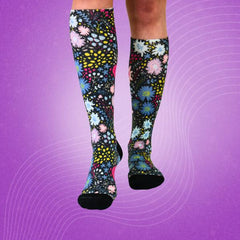
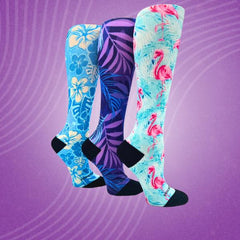
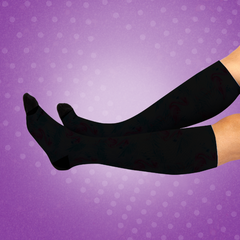

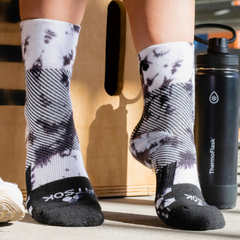
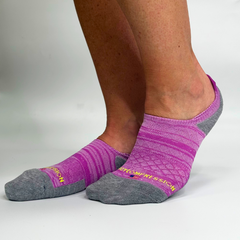




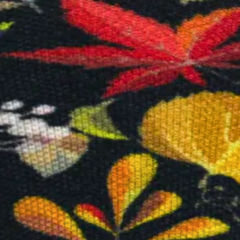




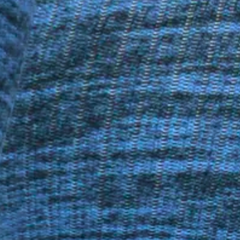


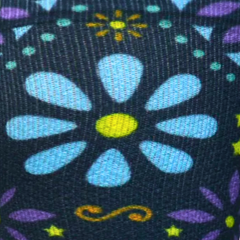
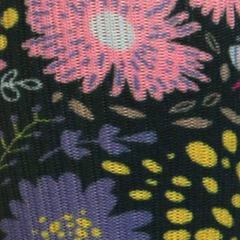
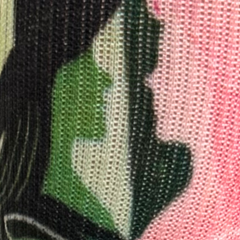
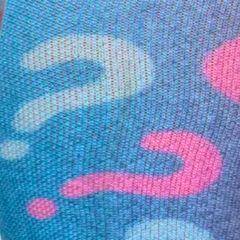
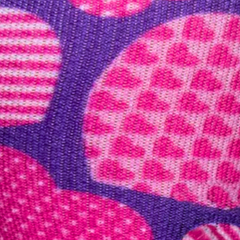
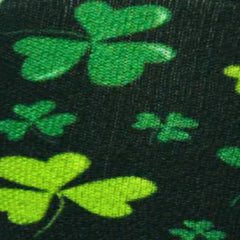
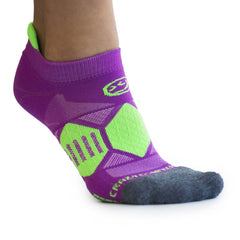

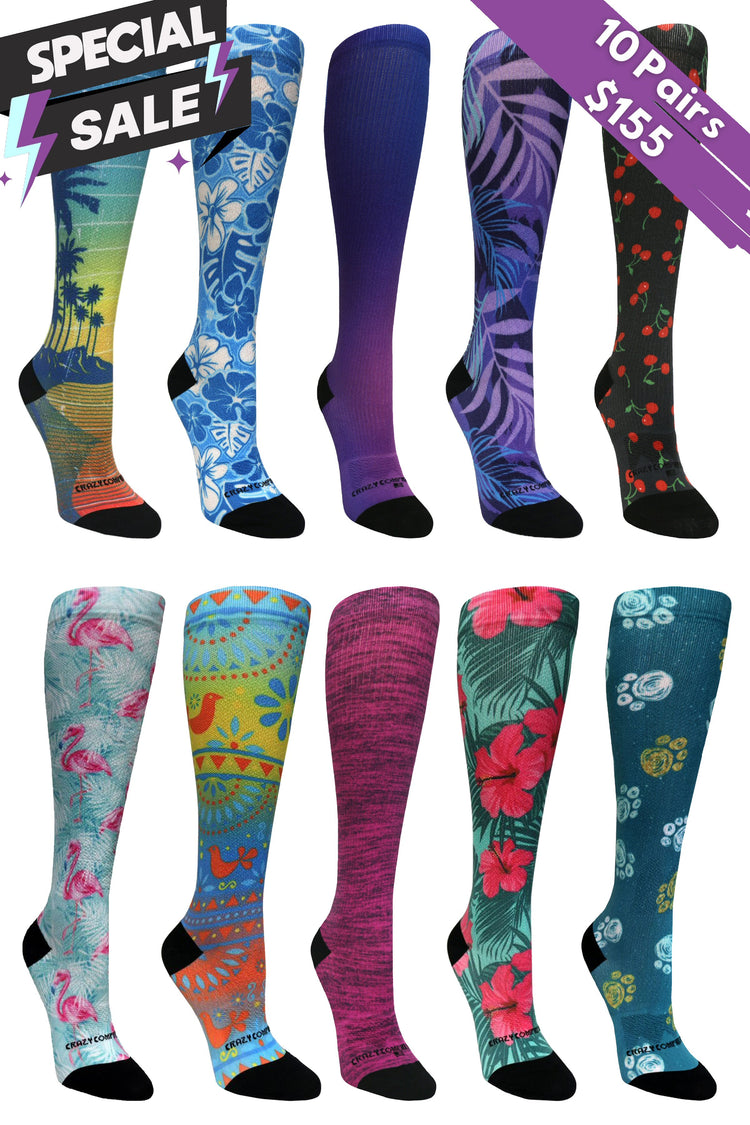


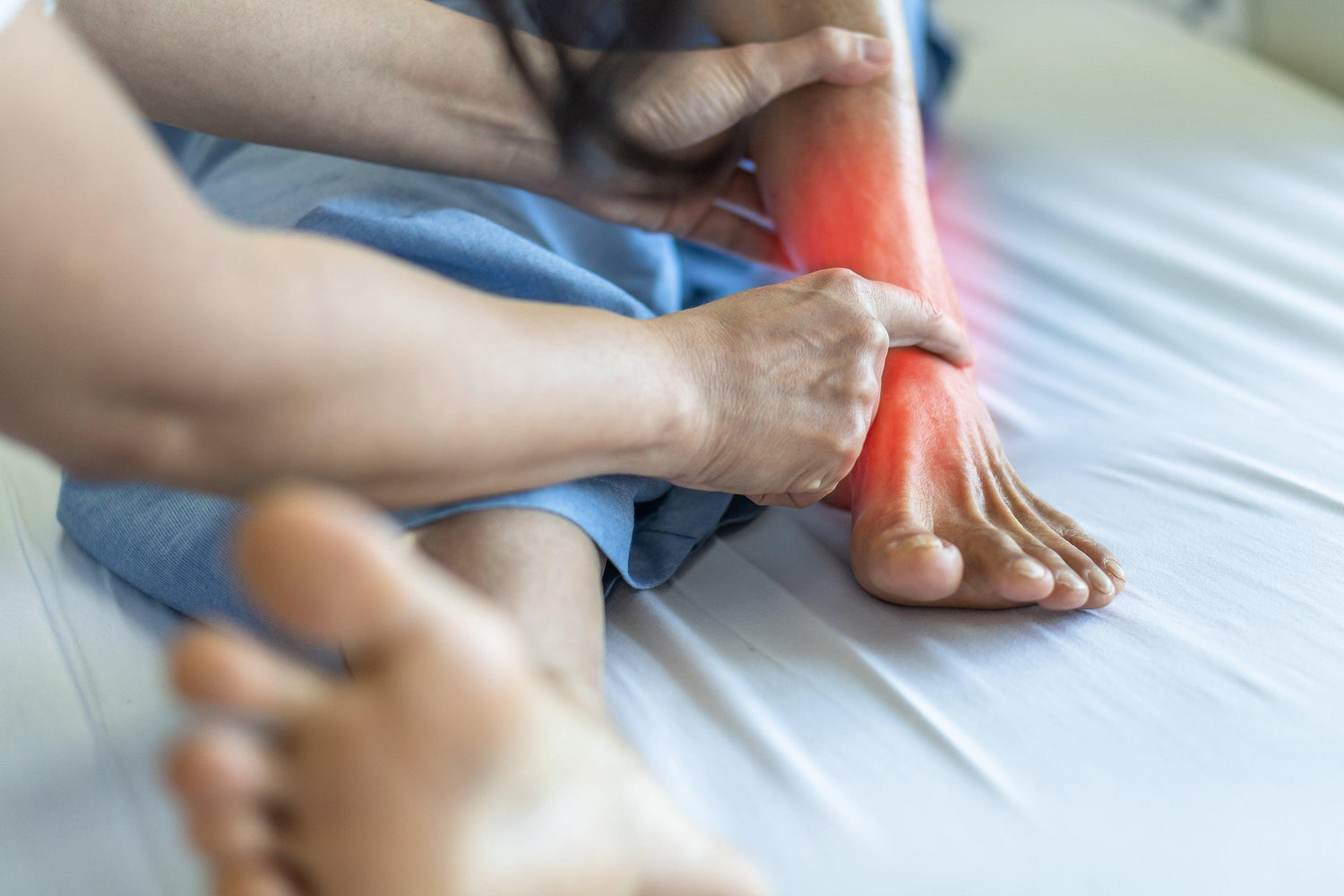

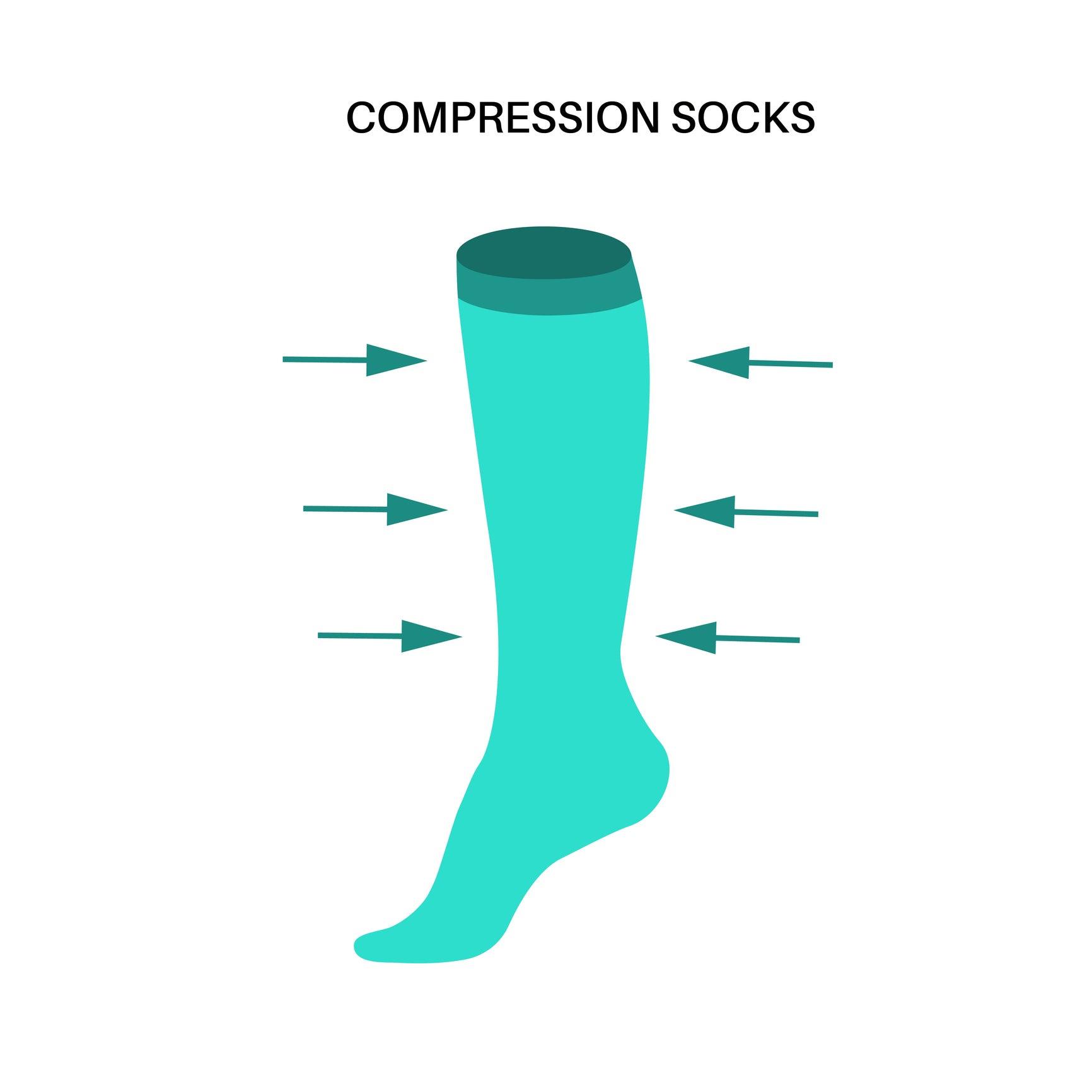
Leave a comment
This site is protected by hCaptcha and the hCaptcha Privacy Policy and Terms of Service apply.